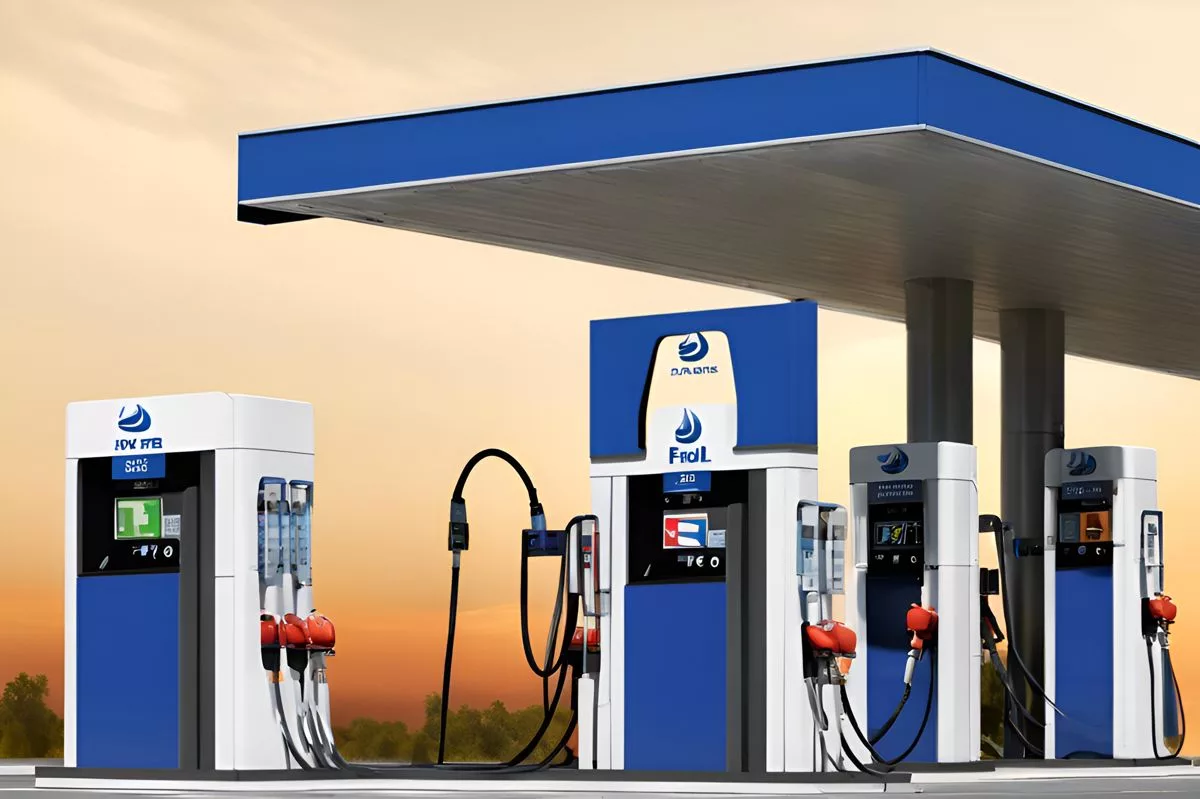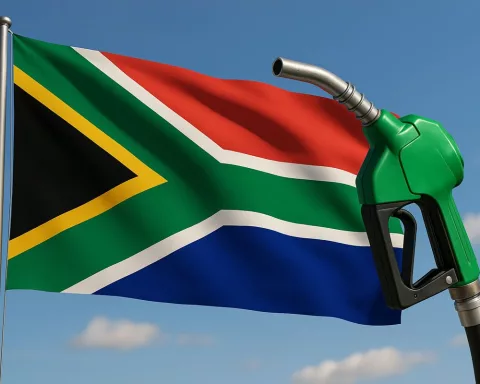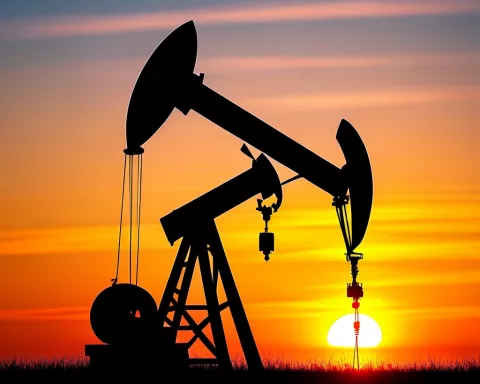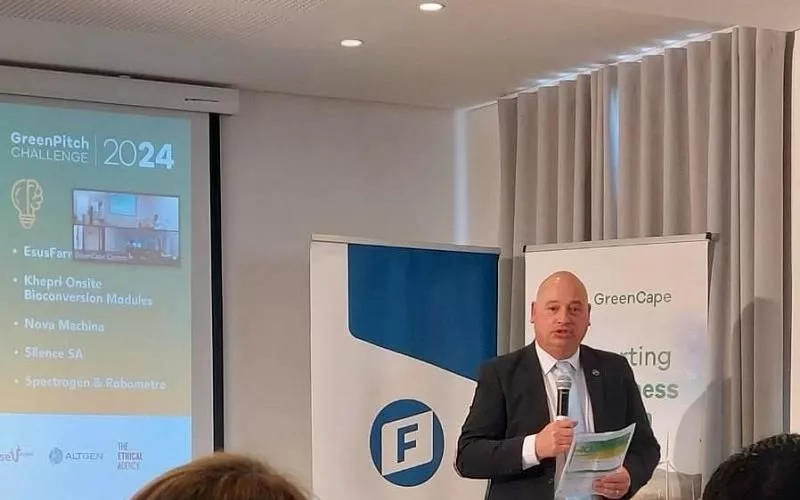Good news for South African consumers as fuel prices have dropped unexpectedly due to the convergence of the international oil price and the strength of the rand against the US dollar. Petrol prices have dropped by 92 cents per litre and diesel prices by between 79 and 107 cents per litre. This reduction in fuel prices could result in significant savings for the average consumer during this phase of economic uncertainty.
The Unforeseen Reduction in Fuel Prices
What has triggered the reduction in fuel prices in South Africa? The convergence of the international oil price and the worth of the rand in comparison to the US dollar. This has resulted in petrol prices being reduced by 92 cents per litre and diesel prices dropping between 79 and 107 cents per litre, providing much-needed relief for consumers. These savings could make a significant difference to the financial planning of an average consumer during this phase of economic volatility.
The Unforeseen Reduction in Fuel Prices
In the midst of an economic climate marked by unpredictability, an unexpected development has occurred. There has been a surprising decline in fuel prices in South Africa this August, providing a much-needed breather for customers. Cape {town} Etc has reported that there has been a reduction in petrol prices by 92 cents per litre, and diesel prices have plummeted between 79 and 107 cents per litre. This significant decrease, particularly considering the sharp cut of up to R3.36 per litre in petrol prices since May, has been largely attributed to several influential economic aspects.
Causes Behind the Welcome Shift
However, one might question what has triggered this delightful shift? The explanation can be found in the convergence of the international oil price and the worth of the rand in comparison to the US dollar. During the initial half of August, these two determinants experienced robust rebounds, resulting in the subsequent adjustments in fuel pricing.
To achieve a comprehensive understanding of the predicament, one can refer to the latest report by the Central Energy Fund (CEF). The report unveils that between 2 August and 29 August, there was a decline in the average international product prices for petrol, diesel, and illuminating paraffin. Reinforcing this positive trend, the rand exhibited its robustness by getting the better of the US dollar to R18.0578, a tangible enhancement from the R18.2360 documented in the preceding period.
This encouraging shift in the currency exchange led to a lesser contribution to the foundational fuel prices of petrol, diesel, and illuminating paraffin by 10.93c/l, 11.15c/l and 11.12c/l, in that order. It’s crucial to recognize that while these reductions may appear trivial individually, they have a noteworthy collective effect.
Savings for the Average Consumer
Now, it’s natural to question how these changes will manifest into tangible savings for the regular consumer. The precise savings depend on the capacity of each vehicle’s fuel tank. BusinessTech has performed calculations based on the average petrol tank size of the top selling cars and pickups in South Africa for 2024. The findings indicate that the tank sizes range from 37 litres for models like the Suzuki Swift and Toyota Starlet, to 80 litres for models such as the Toyota Hilux and Ford Ranger. The calculated average tank size for these widely used vehicles approximates to 65.8 litres.
Deducing from these statistics, those opting to fill up with Petrol 95 are estimated to save nearly R188, whereas those choosing Petrol 93 are likely to save around R191 per tank. These savings, particularly in a phase of economic volatility, can make a marked difference to the financial planning of an average consumer.
Concluding Remarks
In summation, the unexpected decrease in fuel prices has arrived as a much-appreciated aid in the face of challenging economic circumstances. While this drop may not overhaul the financial scenario, it is definitely a move towards improvement. As South Africans steer through these turbulent times, every bit of relief, regardless of its size, is a triumph that deserves recognition.
1. What led to the reduction in fuel prices in South Africa?
The reduction in fuel prices in South Africa was triggered by the convergence of the international oil price and the worth of the rand in comparison to the US dollar.
2. How much have petrol and diesel prices dropped by?
Petrol prices have dropped by 92 cents per litre and diesel prices have dropped between 79 and 107 cents per litre.
3. How significant are the savings for the average consumer?
The precise savings depend on the capacity of each vehicle’s fuel tank, but according to calculations based on the average petrol tank size of the top selling cars and pickups in South Africa, those opting to fill up with Petrol 95 are estimated to save nearly R188, whereas those choosing Petrol 93 are likely to save around R191 per tank.
4. What is the impact of these savings in the current economic climate?
These savings, particularly in a phase of economic volatility, can make a marked difference to the financial planning of an average consumer.
5. What other factors contributed to the reduction in fuel prices?
According to a report by the Central Energy Fund (CEF), there was a decline in the average international product prices for petrol, diesel, and illuminating paraffin, and the rand exhibited its robustness by getting the better of the US dollar.
6. Will the reduction in fuel prices lead to a significant improvement in the financial scenario?
While this drop may not overhaul the financial scenario, it is definitely a move towards improvement. As South Africans steer through these turbulent times, every bit of relief, regardless of its size, is a triumph that deserves recognition.












